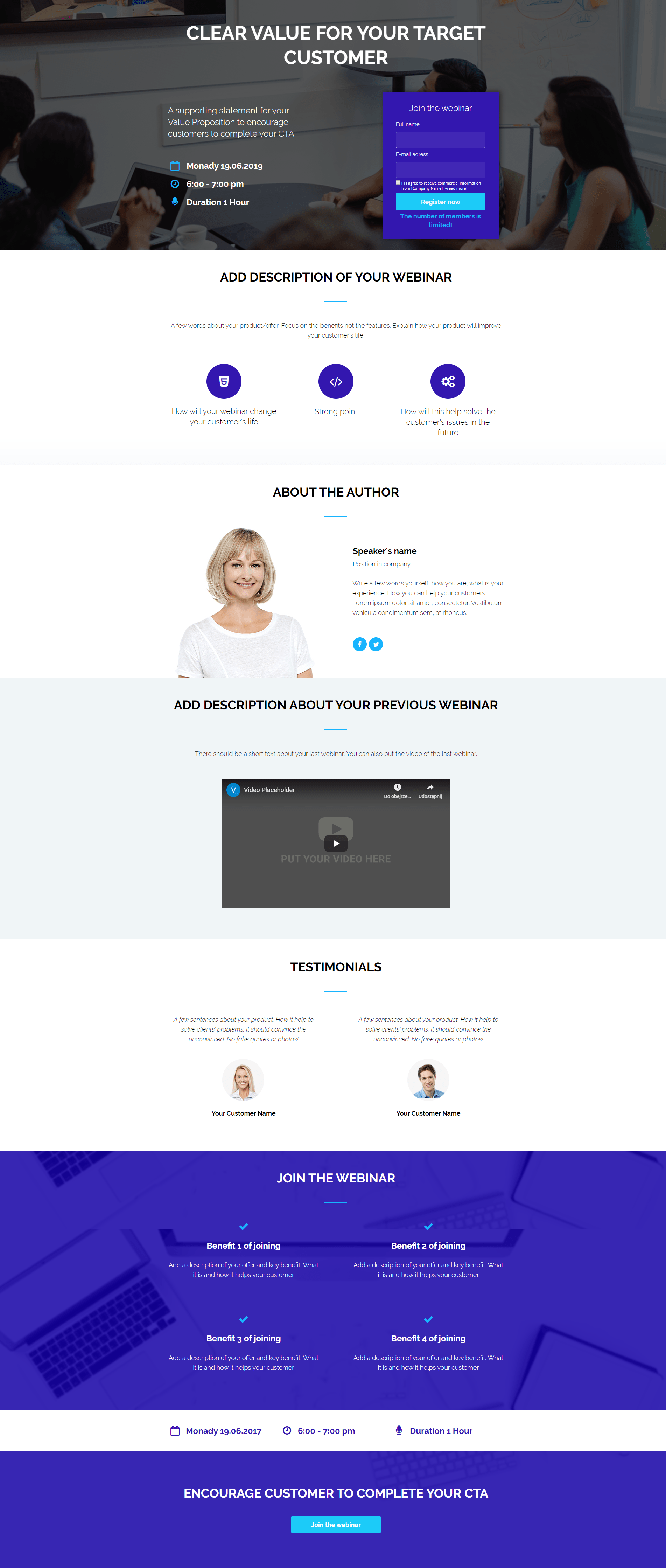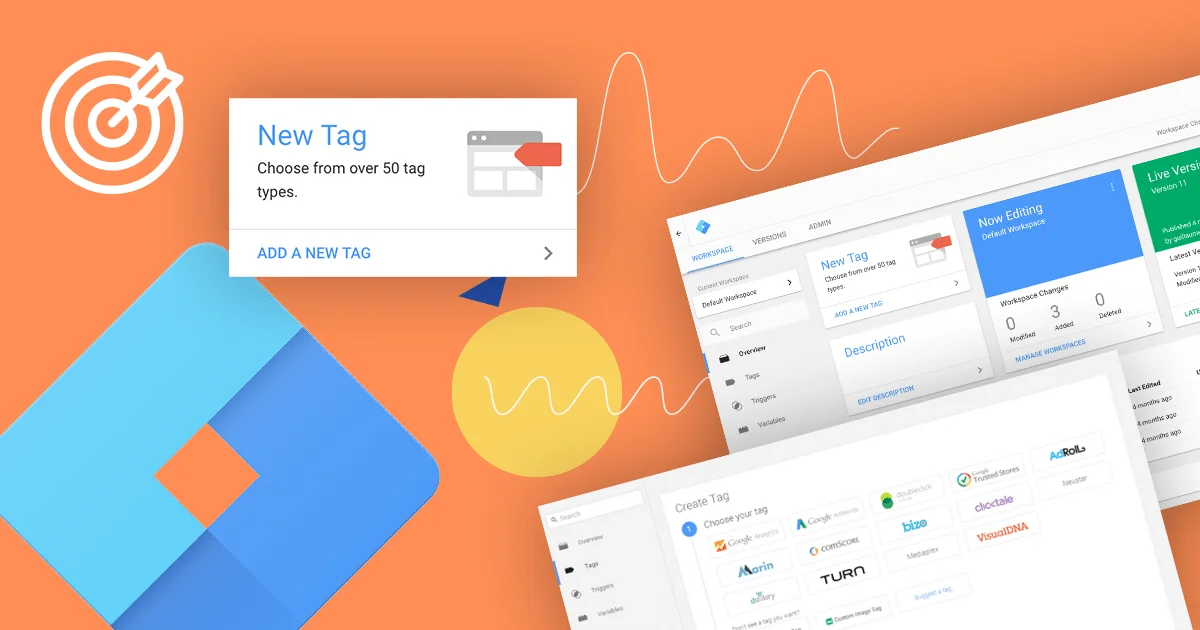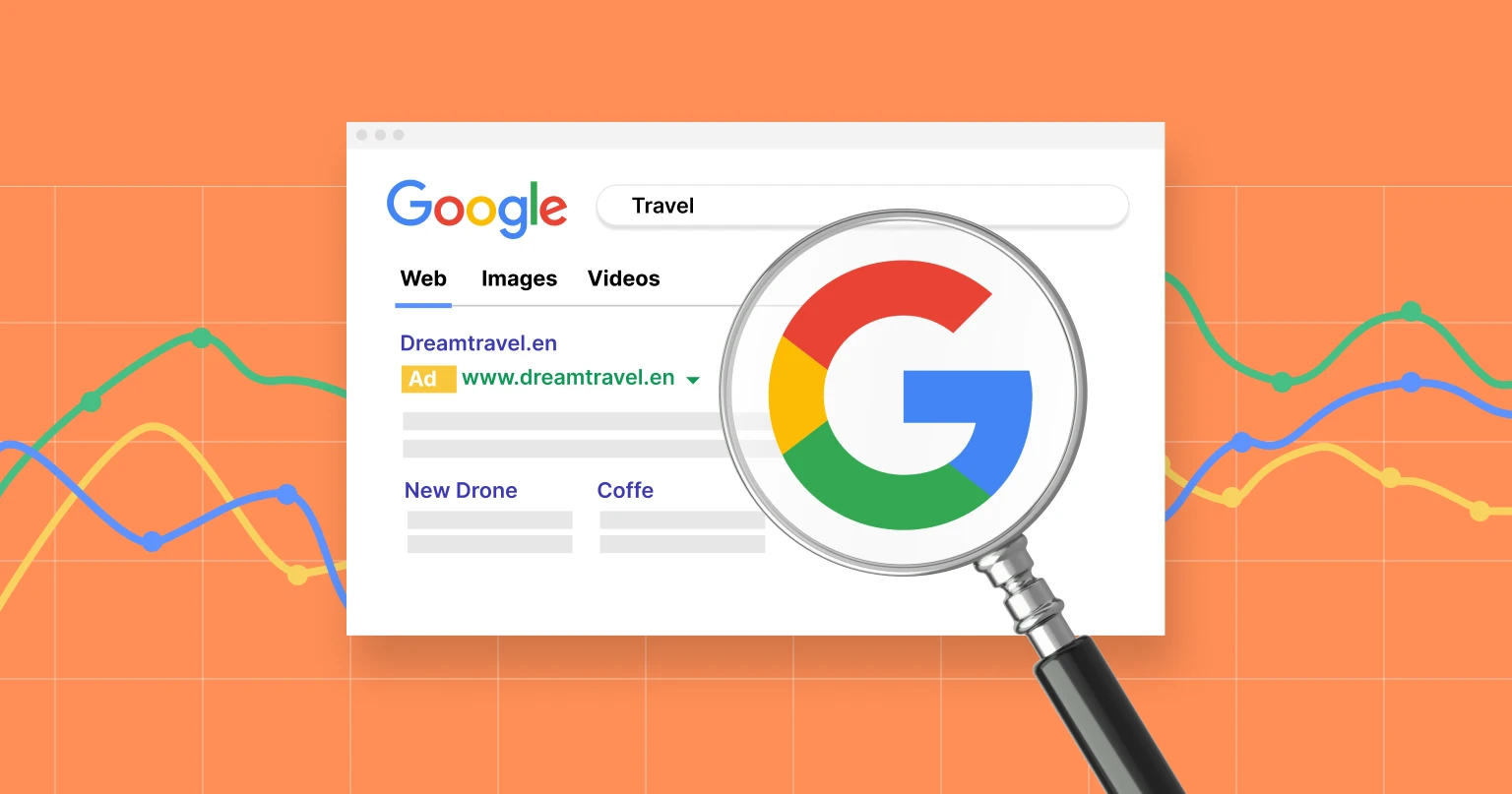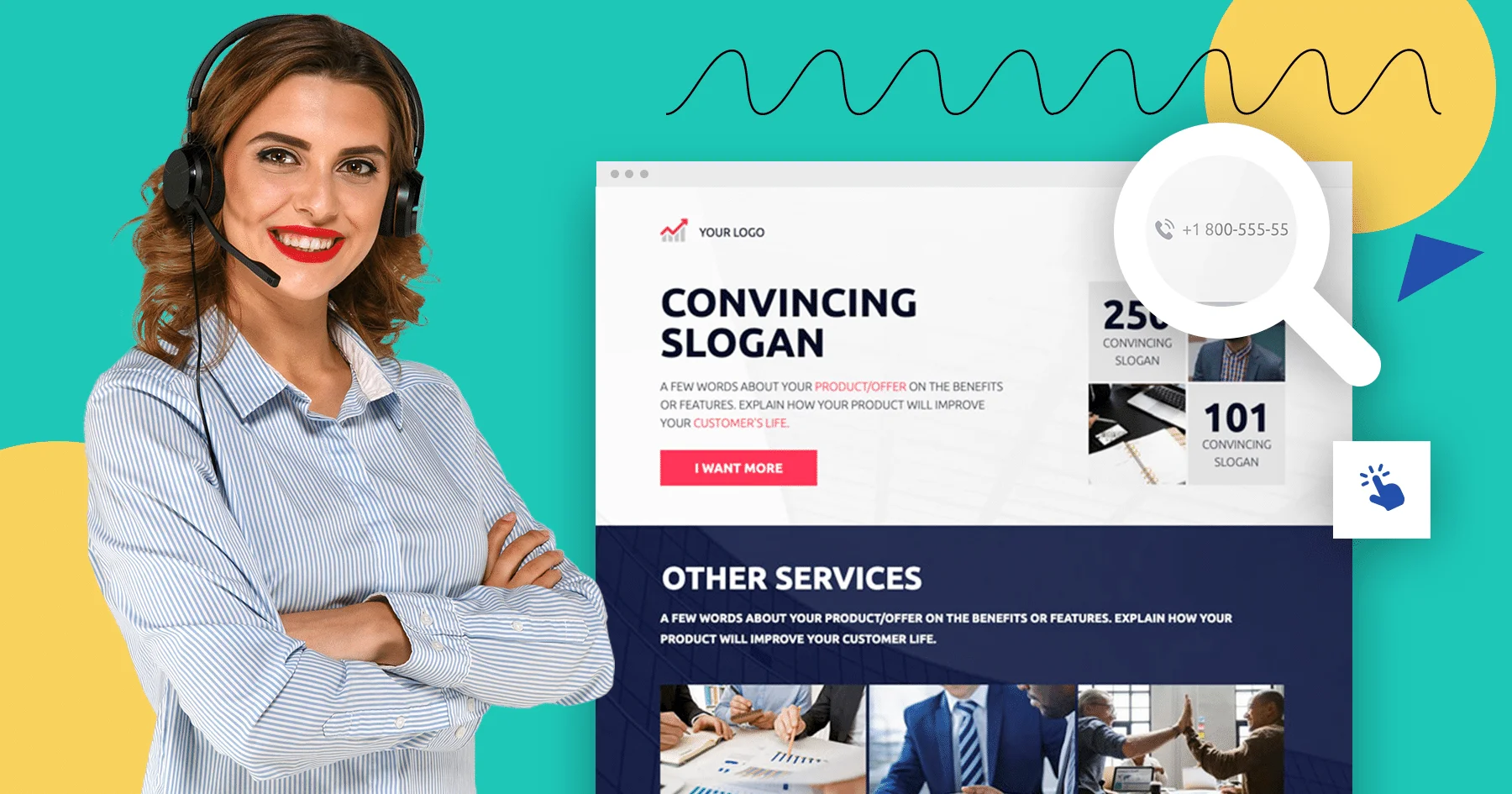The legendary Star Wars phrase, uttered by master Yoda, ‘Do. Or do not. There is no try!’ should be interpreted as an encouragement to defining ourselves in action. We ought to do something or do nothing at all, but there is no place between those two – for anything.
Marketing and advertising actions can be viewed in the same way. Or we can use a more Shakespeare-like approach: ‘To do leads, or not to do, that is the question.’
What are leads and how to get them?
Leads are legally procured contacts to people interested in your offer. Sometimes, they consist of basic information (phone number, e-mail address, name), other times, there are more accurate details involved (industry, characteristics, criteria).
Leads can be divided into:
- hot/cold – the more lead expects your offer and contact attempt, the higher temperature it has. Hot leads come from advertising campaigns targeted to people highly interested in a particular offer. Cold leads are generated to databases from cold emailing or newsletters.
- high-potential/low-potential – potential determines the likelihood of getting the lead’s business in the future. The bigger the potential, the better.
Getting hot or high-potential contacts is not easy. We see it very well if we look at our own experiences – we leave our contact data somewhere on the internet less frequently and trusting a new, unknown brand is not something we do lightly.
How can we make lead acquisition easier?
- Communicate your offer clearly, no tricks, asterisks or fine print;
- Show real benefits for your recipients (the best are those which a competitor is not able to replicate);
- Require minimum data from your leads – it is better to have only basic information and ask for more in the next step than to have nothing at all;
- Be trustworthy and transparent – there is no point in pretending to be a business that you are not;
- Show yourself – don’t hide information about yourself, your employees, and the company.
All of the above should be contained on your landing page – the landing page created specifically for a particular campaign or any marketing event. That way, you ensure the best possible results. The more your landing page is adjusted to your target group, customers’ expectations or calendar, the more leads will be generated.
Customer acquisition vs. lead acquisition
At a time when companies try to increase their incomes, scale their businesses and tempt the competitors’ customers, it is worth changing your approach to the target group. Nowadays, most actions are focused on the quickest possible sale completion, and user experience before the service and after the sale seems to be forgotten about.
For example, training companies prefer to get sign-ups for their courses (that must be paid for before the course starts) and often underestimate building databases of people interested in training that could help educate them, raise their “temperature” and turn them into loyal customers.
Imagine that those companies haven’t generated their own lead base – if they transfer their activity to the digital environment (e.g. in the form of online training), they will come back to the starting point. It could turn out – despite moving to the Internet – that the companies have no contact with their potential customers. They must act quickly to get some interest; they can do it by using tools that have been available all that time, but companies hadn’t managed to become familiar with them.
Leads in times of crisis
A marketing strategy focused on lead generation will also be useful in times of crisis on the market or in a particular industry. Notice that recipients may be interested in some services or products all the time, but in some situations, the purchase decision could be postponed or even abandoned.
Focusing only on sales goals can reduce the efficiency of your advertising campaigns. But actions taken to build a database of potential customers (leads) will make them decide very quickly. What’s more, you can involve customers at further stages of the campaign – the remarketing or mailing one. You can also write to them directly. A lead gives you the opportunity to contact your potential customer free of charge.
Leads in presale
Lead acquisition also applies to campaigns run before any advertising activities or product release. Planned product premieres, sales or webinar groups forming are great examples of these types of campaigns. The greater the lead base you have, the more effective your actions will be.
Moreover, after lead acquisition, it is worth to plan their further journey and communication (posts, newsletter, SMS). It will be continuously increasing their interest, helping to remind about a premiere/event and to offer other services or products.

Online marketing requires knowledge of the tools and lead generation processes – but you need creativity and imagination to achieve success. Try to think like your customer: what should your brand communicate and offer except a run-of-the-mill sale?
When your business cannot offer anything other than the product, a customer will buy it, but only because they need it or haven’t found a better option. The same customer is likely to pay more if the communication they come across makes them think positively about your offer and how it is presented. You can get something more than just customers – their interest and even loyalty.
Prepare yourself
Lead generation is a process that needs to be prepared and adjusted to a particular business. It’s not just about the selection of the right marketing campaigns, but also the preparation of a landing page that will convert the traffic generated from ads. Another important aspect is a detailed analysis of data that should be performed before, during, and after the campaign.
Every period of a company’s lifetime is a good moment to verify the lead generation strategy. Ensuring its smooth functioning within the company and among employees is not time-consuming. It is, however, necessary to be aware of an infrastructure scheme ready to generate leads. It is worth considering a change in marketing and advertising actions.





